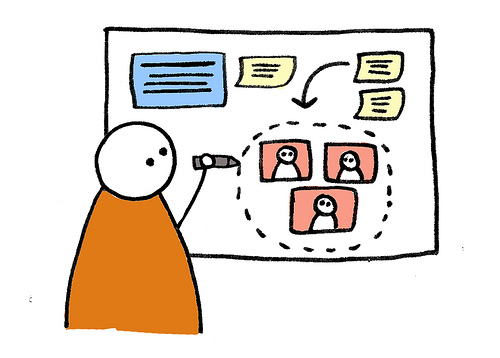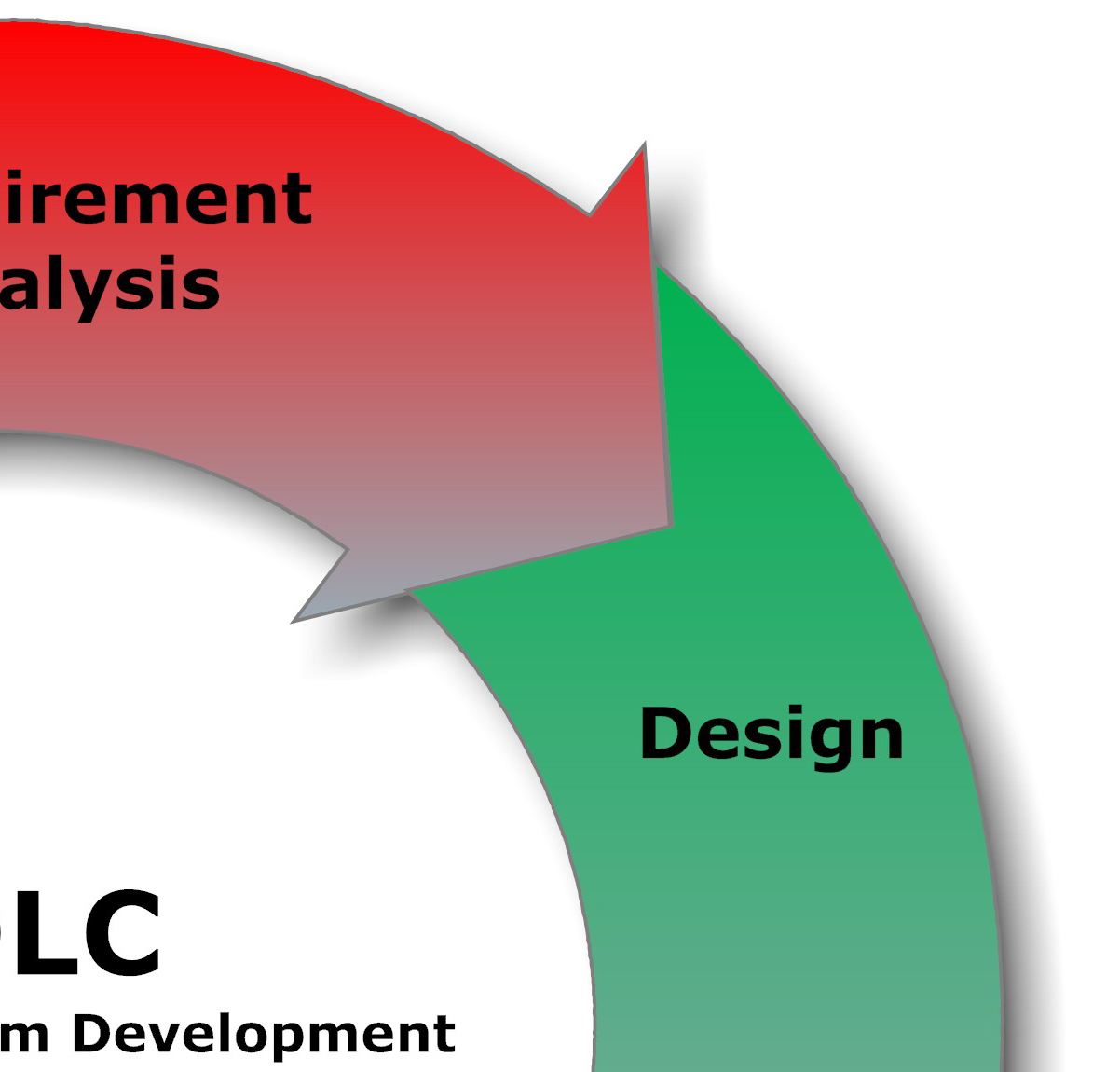Have you heard of “conversationalist interfaces” yet? They are interfaces that use a text message like window so users can actually ask for what they want. Think Siri. When your interface is actually connecting with users, you want to provide a user experience to accompany that. Users aren’t looking to talk to a robot. When you’re showing a very few short lines of text at a time, you have to find a way to incorporate a positive user experience for the user.
The solution? Using personality as a great user experience. You need to rethink the notion of the designer.
From FastCodeDesign:
When pushing pixels no longer matters, the basic skill requirements for designing a bot become radically different. It’s no coincidence that both Howdy and X.ai—a startup whose bot intelligently schedules meetings via email—each hired writers with performing-arts backgrounds to help define the UX of their products. Howdy, whose bot affects a casual and lightly irreverent tone (much like that of Slack itself), has novelist/satirist/former-improv-comedian Neal Pollack on the product-design payroll. Anna Kelsey, who was hired right out of Harvard as X.ai’s first “AI interaction designer,” studied folklore mythology and directed theater. “The whole idea of creating a character, and thinking very technically about the way specific words or groupings of words can make people react and respond, is something I thought about all the time in college,” Kelsey says.
These new conversationalist interfaces open a whole new door for designers. The interaction with a user is completely different. Consider this –is your experience texting a friend for an answer to a question different than navigating the web on your own to look for that same answer? These situations are apples and oranges. Adding personality in as the new UX adds a whole new dimension to design.
People are developing appreciations for the personalities behind the interfaces. Think of how many times you’ve felt the need to thank Siri. In our heads we know that it is a robot, but during that interaction we’ve established a relationship with the interface. That is positive user experience.
There are extra complications that come into play with this new type of interface. Sometimes personalities clash. It’s important that, no matter what personality your software has, it’s one that can interact with users. People like to mess around with the bots, but at the end of the day they have to be able to do the job without confusing users, leaving them feeling misunderstood, or offended. It’s a different host of considerations than you might normally encounter.
So, what do you think? Is personality the new UX? Should designers be working with characters to develop personalities? Or do you think we should just make the apps better so the need for “conversationalist interfaces” will be obsolete? Comment below!





